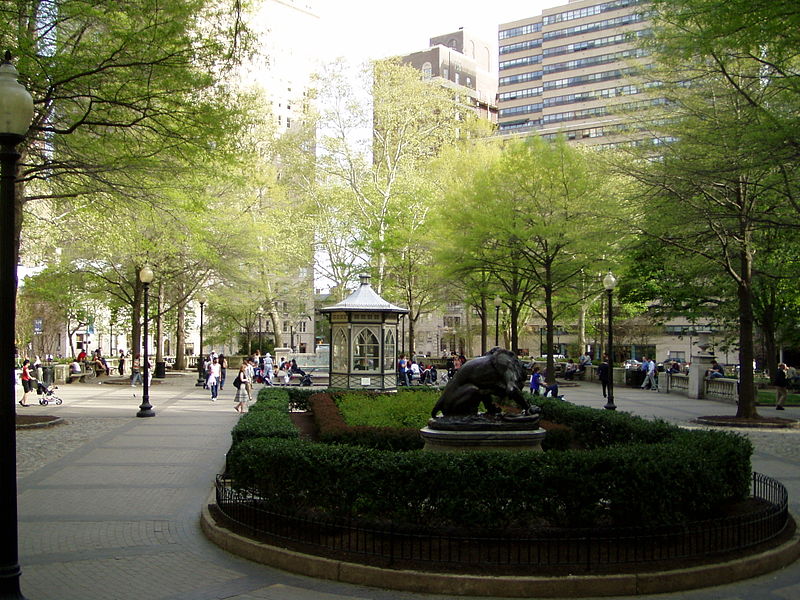![Primosvets]() Special eats and meets are in store this week to top off National Hot Dog Month.
Special eats and meets are in store this week to top off National Hot Dog Month.
Every year, Philly’s Joel Spivak gifts City residents and visitors with a week’s worth of events and displays to honor Philly’s role in wiener history. Details about these special events can be found on the National Hot Dog Month in Philly website.
• Tuesday, July 22, veterans eat free at Primo’s Hoagies, from 1:00 – 4 p.m, at the 326 South Street store only.
• Wednesday, July 23. It’s National Hot Dog Day at Reading Terminal Market, 12th & Market Streets, which hosts an all-day festival devoted to the dog.
• Friday, July 25 Free hot dogs and history at 703 South 4th Street (4th & Bainbridge). At 6 p.m., meet the Kravitz family whose grandparent’s had a hot dog stand at this corner in 1935.
• Saturday, July 26 Hot Dog Crawl. Meet at noon at O’Neal’s Pub, 611 South 3rd Street.
Franks for the Memories. Dozens of shops in Philly sell hot dogs, wieners, or franks of every size and description. But nostalgia runs deep in historic Philly for the old-time shops.
![The Original Levis Hot Dog and Sandwich Shop at at 611 S. 6th Street.]()
The Original Levis Hot Dog and Sandwich Shop at 611 S. 6th Street.
Perhaps the best known is Old Original Levis Hot Dog and Sandwich Shop. Fourteen-year-old Abe Levis left Lithuania to evade being drafted into the Czar’s army. In Philadelphia he married Anna Solo and together they started a hotdog pushcart business. By 1895 they opened a little sandwich shop on South 6th Street, in the heart of the South Street business district, thriving with immigrant-owned businesses.
The shop sold hot dogs, sandwiches, fish cakes, ice cream and sodas. Levis even produced its own carbonation in the basement and became as famous for its cherry soda as it did for hot dogs. The shop lasted some 100 years at this location before heirs sold the business to Elliott Hirsh, who now owns rights to the brand and the formula for Levis’s signature soda, Champ Cherry®.
Although the iconic place no longer exists, its sign does.
![Photo credit from PhillyMag.com]()
Photo from PhillyMag.com. The large neon sign was restored by the Davidson Neon Museum and moved across town to sit atop the North Star Bar at the corner of 27th and Poplar Streets. The sign has since been removed and stored away, say its current owners.
Tracy Kaufman Wood writes about her grandmother, Ida Kravitz, and provides a recipe for Pepper Hash on her blog, Who Can Stop A Dream. Bubbe Ida passed on her recipe from the old country to her son, whose business, Lenny’s Hot Dogs, has achieved its own local fame, says Tracy.
“My grandmother Ida Kravitz, was one of the early hot dog vendors. During the Great Depression, she was known as Mom, selling hot dogs with the works – mustard, onions, sauerkraut and her own recipe of pepper hash (she couldn’t afford the pickle relish) from a pushcart on the corner of Fourth and South Streets in South Philadelphia. She charged five cents and included a complimentary orange soda. She supported a family of thirteen from her efforts. In the late forties, she sold the business to her son Lenny, who created a chain of hot dog stands lasting through the seventies in Philadelphia and Margate.”
Mom’s Pepper Hash is simple enough to make and Tracy includes the recipe on her blog. But be sure to “sh’terein” lots of love into the pot as well if you whip up a batch.
For those anticipating Hot Dog Day with great relish, the City’s tourism bureau published a long list of Philly hot spots for hotdogs. Go out and get some!
![]()
![]()

































